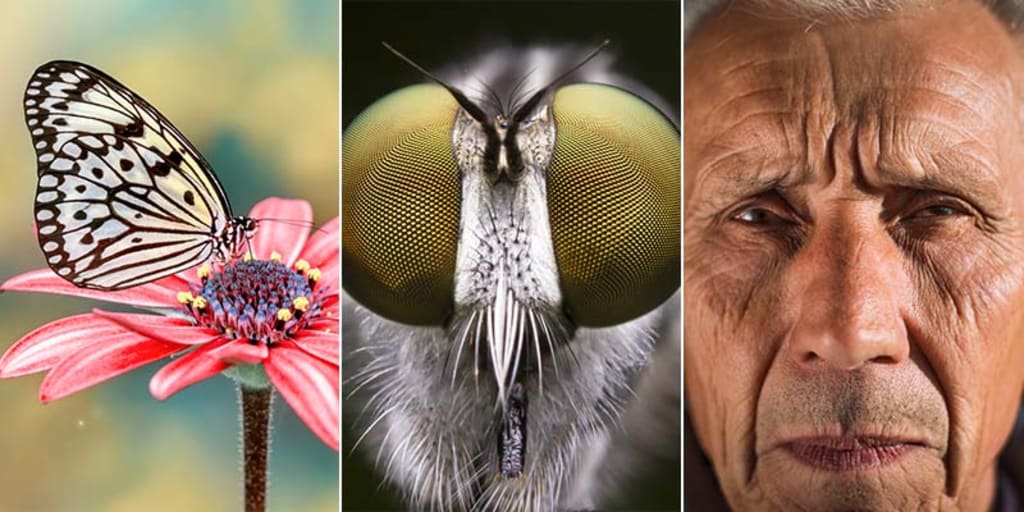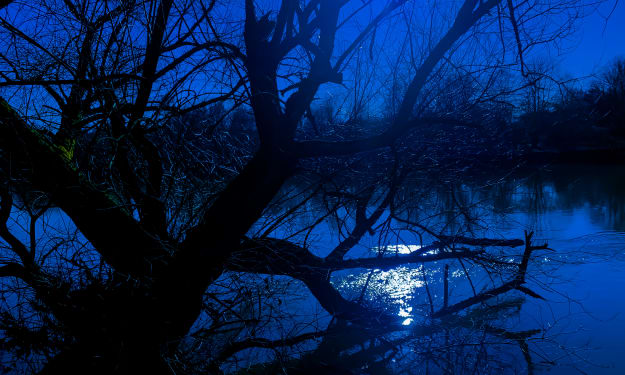Macro vs. Micro vs. Close-up photography: Myths dispelled
What is Macro vs. Micro vs. Close-up photography?

As a photographer, you have surely heard the terms Micro, Macro, and Close-Up photography thrown around quite a bit. Closer inspection (pun intended) will reveal that all three are terms that encapsulate photography that aims to magnify the subject.
So are all three the same?
What is Macro vs. Micro vs. Close-up photography? In this article, we will elucidate the differences between these three photography types (Yes, they actually are different from each other), as well as the tools you would require and a few use cases for good measure. Here we go!
1. Close-Up Photography
Close-up photography does not have a specific definition. It pertains to photos that feature a subject in enhanced detail.
Contrary to its name, close-up photography has nothing to do with the nearness of the subject. Rather it is all about the field of view of the photograph. It could be used for a portfolio headshot, botanical illustrations, or even the moon.
Now we come to the gear that you would require for a close-up photoshoot. Don’t worry; your trusty lens is good to go. For a good close-up, all you need to do is zoom in on your subject or move closer to it.
E.g., To get a close-up image of the moon, you can zoom into it. If you are shooting a small object, stay as close as possible to it.
However, lenses have a minimum focusing distance. If you get too close to your subject, the image will get blurry.
2. Macro Photography
In regular photography, the image formed on the camera sensor is smaller than the actual subject.
E.g., A 40-meter tall house would only form a 4cm tall image on the camera sensor. If the lens you are using can get exceptionally close to the object without losing focus and forming an image on the sensor that is at least the same size as the subject, that point is when a true macro is created.
In technical terms, macro photography includes forming an image size equal to or larger than the size of the subject. True macro sensor images are even bigger than the subject, up to X10. This is the highest magnification you can achieve without using a microscope.
Macro Photography equipment
Here is a look at the basic equipment required for shooting macro.
1. Reversing Ring
The most cost-effective option for a macro photographer is to acquire a simple reversing ring. However, using an adapter ring poses the disadvantage of not being able to control the lens automatically.
Once you remove your lens from your camera, it leaves the aperture wide open. In some lenses, the desired aperture can be locked in.
A reversing ring coupled with a crop sensor lens on your camera, can offer a magnification of X.4
2. Magnifying filters
If you would like to keep your lenses attached to your camera, you can always use close-up lens filters on your present lens. These lens filters are available in a range of diopters (magnifying power) and pack a lot of punch for macro photography.
3. Extension Tubes
Using an extension tube, you can place your lens further away from the sensor, resulting in a sharp and magnified image. Extension tubes can be stacked to achieve higher magnifications and closer focusing distances, just about touching the true macro range.
4. Macro Lenses
If your photography business is booming or if you have a silver spoon lying around somewhere, you can always buy a macro lens.
You will do away with cumbersome attachments with a macro lens and easily achieve a 1:1 ratio while taking images. A dedicated macro lens has an infinite focus, and you can use it as your standard for all your macro photography needs.
If a macro lens also doesn’t solve your magnification requirement, feel free to pair it with the attachments mentioned earlier for further enhanced output.
3. Micro Photography
Micro photography is the technical term for magnifications beyond the capability of macro photography equipment.
Unlike the macro side of things, where the market is inundated with filters, attachments, and contraptions to help magnify the sensor image, there is no ‘micro’ lens that you can attach to your camera. To reach magnifications above macro levels, you will require a microscope. With a microscope, you will be able to achieve magnifications up to x100 depending on the optics.
Interestingly, a microscope is less expensive than a macro lens. An inspection microscope is the best type for photography.
Most microscopes have a built-in USB camera, but using a microscope with a C-mount port can give you the advantage of using your camera, resulting in better quality.
Conclusion
Close–up photography doubles up as a blanket term for macro, micro, and regular close-up photography. To sum it all up, Close-up photography means you are very close to the subject. In Macro photography the sensor image is the same size as the subject and Micro photography entails subject magnification to microscopic levels. Whatever form of magnified photography you indulge, ensure that you have a top notch photo editing services provider backing your photographs with professional finesse. We hope you found this article interesting. Till next time, happy snapping.
About the Creator
Sumul Padharia
BDE by profession | Photographer by passion | Cricketer by heart | In Free time, I love to play dart | Traveler By soul | Achieving success is my Goal






Comments
There are no comments for this story
Be the first to respond and start the conversation.